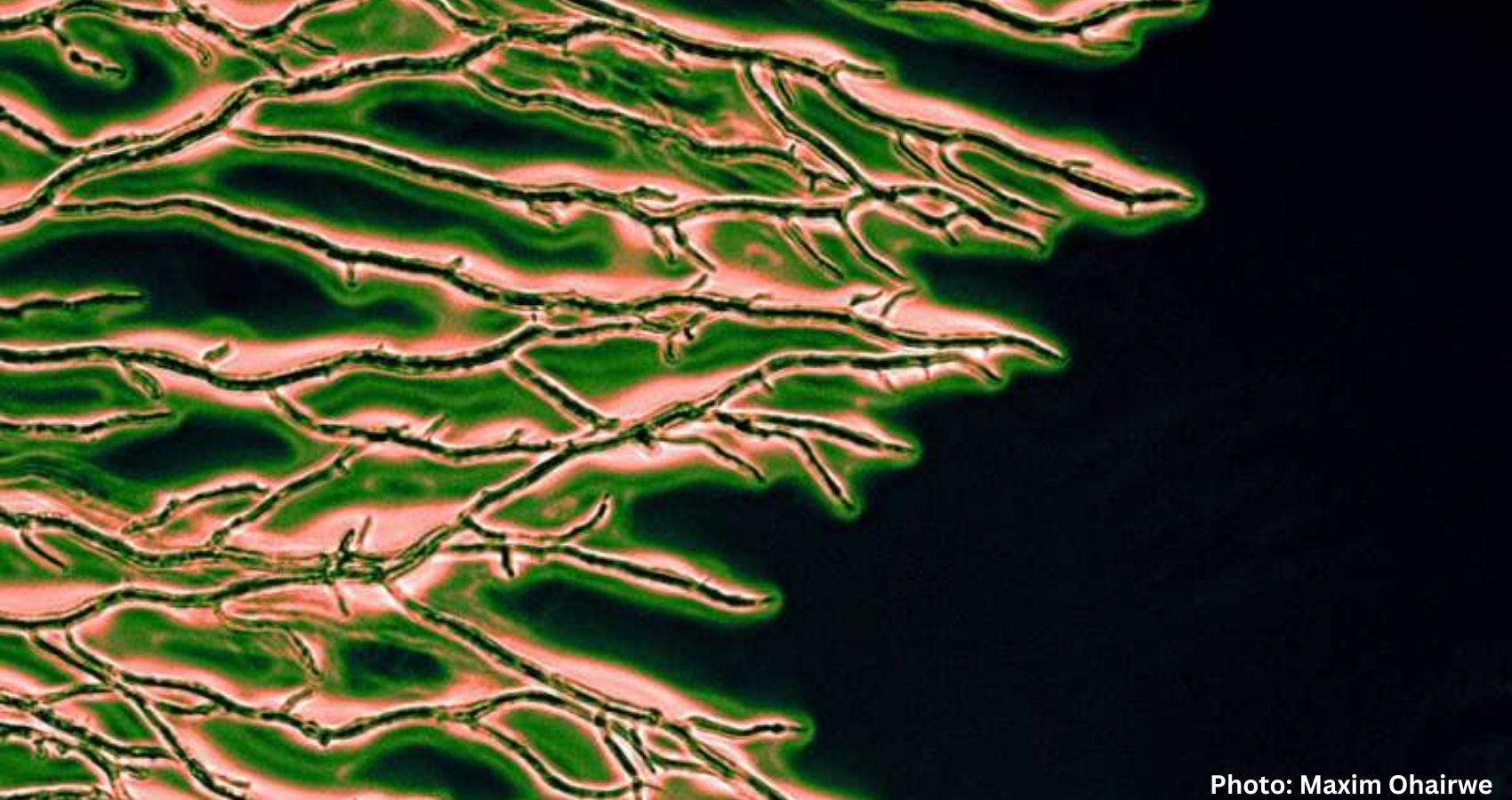Scientists have uncovered a critical juncture in the evolutionary journey of fungi that regulates their growth patterns and shapes. The study, detailed in the journal Cell Reports, illustrates how minor alterations in environmental conditions can yield significant shifts in evolutionary trajectories.
Fungi play a vital role as nature’s decomposers, residing beneath forest floors to break down fallen trees and autumnal foliage, thus releasing essential nutrients back into the soil.
While mushrooms typically come to mind when thinking of fungi, these organisms also possess subterranean “roots” known as mycelia. Mycelia consist of a multitude of interconnected, microscopic cells called hyphae, which resemble finger-like structures and form extensive networks. Hyphae extend through the soil by elongating from their tips, akin to the inflation of long balloons used in crafting balloon animals.
The varied shapes of hyphae play a crucial role in their function, with some featuring rounded tips while others exhibit pointed ones, a characteristic particularly prominent in the hyphae of water molds—fungus-like pathogens responsible for crop blights.
Enrique Rojas, assistant professor of biology at New York University and the study’s senior author, emphasized the challenge in determining the evolutionary factors dictating an organism’s form. He stated, “A major challenge in biology is to identify the specific evolutionary factors that determine the shape—or form—of a given organism.”
To unravel the mystery behind the diverse shapes of hyphae, Rojas and his team merged theoretical frameworks with experimental approaches, scrutinizing fungi and water molds across various ecological niches. By employing physics-based models of tip growth, they explored the spectrum of potential hyphal shapes. Interestingly, they discovered that the observed shapes in nature represented only a fraction of the conceivable forms.
The researchers theorized that the limited diversity of shapes seen in nature resulted from the concept of “survival of the fittest,” suggesting that the unobserved shapes were evolutionary casualties. To test this hypothesis, they evaluated the growth rates of hyphae with different shapes, constructing a fitness landscape for hyphae.
Maxim Ohairwe, a Ph.D. student at NYU’s Department of Biology and the lead author of the study, described their breakthrough moment when they realized the intimate connection between hyphal shapes and their growth capabilities. He stated, “Our eureka moment was when we realized that the shapes of hyphae were intimately connected to their ability to grow fast.”
A fitness landscape serves as a visualization of an organism’s evolutionary journey, illustrating how species navigate through genetic mutations to optimize their growth rates. The researchers, however, uncovered a more intricate landscape for hyphae, characterized by an overhanging cliff or tipping point, acting as a barrier to evolutionary change and constraining hyphal shapes.
Furthermore, they predicted that hyphae nearing this tipping point would be highly susceptible to slight environmental, chemical, or genetic alterations. To validate their prediction, they exposed fungi near the tipping point to small doses of chemicals affecting hyphal growth. The treatments yielded significant outcomes, with hyphae elongating at a slower pace and exhibiting abnormal shapes not found in nature.
Rojas highlighted the broader implications of their findings, stating, “Our findings explain hyphal shape diversity in an enormous, diverse, and important group of species.” He emphasized the revelation of a new evolutionary principle wherein fitness landscapes can harbor instabilities, such as tipping points, imposing stringent constraints on complex traits like biological form.
The researchers underscored the critical implications of their results for ecological and evolutionary systems. Species susceptible to tipping points in their evolution may face heightened vulnerability to the gradual temperature increments associated with climate change. Additionally, the findings could inform the development of novel antimicrobials targeting disease-causing fungi by pinpointing vulnerabilities linked to an evolutionary tipping point.











